Missing Appalachian Trail hiker Geraldine Largay had set up a campsite in a small clearing in the woods in Redington Township and died in her sleeping bag inside a zipped tent.
Those details are included in a report from the chief medical examiner, released Friday to the Morning Sentinel under a public records request. Largay, a 66-year-old thru-hiker from Tennessee, disappeared from the trail in late July 2013, and her remains were not discovered until more than two years later, on Oct. 14.
The medical examiner previously had ruled Largay’s death accidental, determining that she somehow got off the trail, became lost in the woods and died from a lack of food and water and environmental exposure. The forensic anthropology report from the medical examiner wasn’t completed until Jan. 8. The official cause of death is inanition — exhaustion from lack of food and water — “due to” prolonged environmental exposure.
While it doesn’t shed new light on why Largay became lost or how long she may have been camped in the woods about a mile from the trail, the medical examiner’s report includes previously undisclosed details about the campsite and Largay’s place in it when she died.
It describes the area as a small clearing on a knoll in a heavily wooded area near a stream, and says Largay had set up a sleeping platform made of dirt and pine needles.
Largay “apparently died during summer while in the sleeping bag, which was then within a closed tent,” the report says. “The body was well protected by the relatively moisture resistant fabric of the sleeping bag and tent in the early weeks after death, limiting the transmission of detectable scent through the air to the searching K-9s.”
The Maine Warden Service has said Largay’s skeletal remains were found 2 or 3 miles from where she had been seen last on the trail and were discovered by two surveyors from Prentice and Carlisle Co. who were doing environmental work.
Some of Largay’s remains were taken from the tent by scavenging animals, according to the report, though most of the bones were found together in the sleeping bag. Stain evidence in the tent under where the sleeping bag had been showed she had died in the tent. It was zipped, but it had been torn by animals and the sleeping bag was dragged out after her death, the report said.
Her red jacket, which she was wearing in a widely circulated photo after she disappeared, was found nearby.
An examination of the bones found no signs of trauma, and Maine Warden Service Lt. Kevin Adam has said no foul play is suspected. The report said the condition of her remains was consistent with someone who had been dead about two years “when compared to similar cases exposed in a Maine woods setting.”
The surveyors were passing through a section of federal land owned by the U.S. Navy on their way from a job on private land when they came across the remains, according to the report. Redington Township is roughly between Rangeley and Carrabassett Valley, a little more than halfway through Maine’s 282 miles of Appalachian Trail.
Search efforts over the last two years covered a roughly 23-mile area between the lean-to where Largay was last seen and the interesection of the trail and Route 27 in Wyman Township, where she was to meet her husband. The exact point where she left the trail isn’t known.
But the warden service over that period could do only three dog searches in the area where her remains were found because there weren’t enough physically fit volunteers for a ground search on the difficult terrain, Adam said in October.
One of those dog search crews came within 100 yards of the site, Adam said at the time. He did not immediately return a call seeking comment Friday.
CONCENTRATED AREA
Largay’s remains were found on Navy-owned property, which has a Survival, Evasion, Resistance and Escape School connected with the Portsmouth Naval Shipyard on 12,500 acres — or 19.5 square miles — in 42-square-mile Redington Township. As a result, special agents with the Naval Criminal Investigative Service, or NCIS, became involved when the remains were found.
“Nearly all of the remains were in a rather concentrated area associated with the sleeping bag, which was located within about 19-20 feet from the zipped up tent,” the medical examiner’s report says.
Largay was last seen alive on July 22, 2013, at the Poplar Ridge lean-to. She was less than 200 miles from completing the 900-plus-mile second half of the trail that she had begun in West Virginia months earlier.
There was torrential daylong and nightlong rain the day after Largay was last seen, and concerns at the time were that she got turned around on the trail or had difficulty at the Carrabassett River crossing beyond where she was last seen.
She was scheduled to meet her husband, George Largay, on July 23 in Wyman Township to pick up food and supplies, but she never arrived. She was reported missing July 24, spurring an extensive search and an enduring mystery.
Along with clothing and other belongings, Largay’s cellphone was discovered among her possessions in October, and examination by the Maine State Police Computer Crime Lab showed Largay had reached Orbeton Stream on July 22 and a discontinued railroad bed crossing in late morning.
Shortly after reaching the intersection, she continued north on the trail but left it at some point and became lost. Orbeton Stream is about a third of the way between the Poplar Ridge lean-to, where Largay was last seen, and the Spaulding Mountain lean-to.
Her disappearance puzzled searchers and attracted national news media attention.
Warden service officials in October called it “one of Maine’s most unique and challenging search-and-rescue incidents.”
The search for Largay was scaled back in August 2013, but periodic searches continued in the area.
The area where Largay’s remains were found — about a mile from the trail and about 2 miles from the nearest parking lot — is wooded and has terrain that is difficult to traverse, for both hikers and searchers, according to the warden service.
According to the medical examiner report, Largay’s wooded campsite area was a mixture of hardwood and evergreen, with a tree canopy covering about 75 percent of the campsite from above.
“Visibility of the campsite from the surrounding woods or from the air above would be very limited,” the report states.
After the remains were discovered in October, Largay’s family said in the release that “these findings are conclusive in that no foul play was involved and that Gerry simply made a wrong turn shortly after crossing Orbeton Stream. Now that we know her death was an accident, we again ask all media for the respect of our privacy as we continue our grieving process with this new chapter of closure.”
David Fox, a friend of the family who in the past has acted as a spokesman, did not return calls for comment Friday.
George Largay previously told The Tennessean newspaper that his wife “loved camping. She loved outdoors.”
“The ultimate hike for someone who really loves hiking as she does is the Appalachian Trail,” he said.
Send questions/comments to the editors.

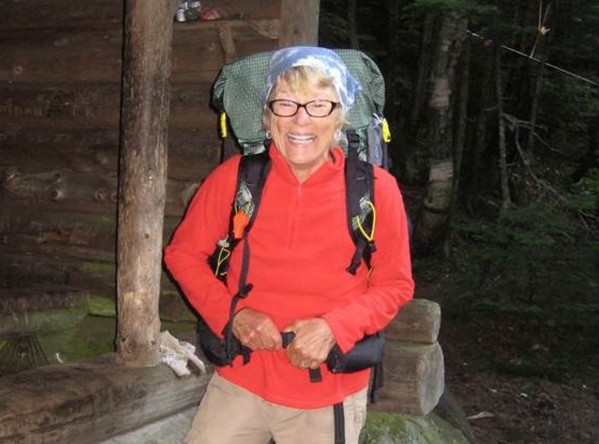
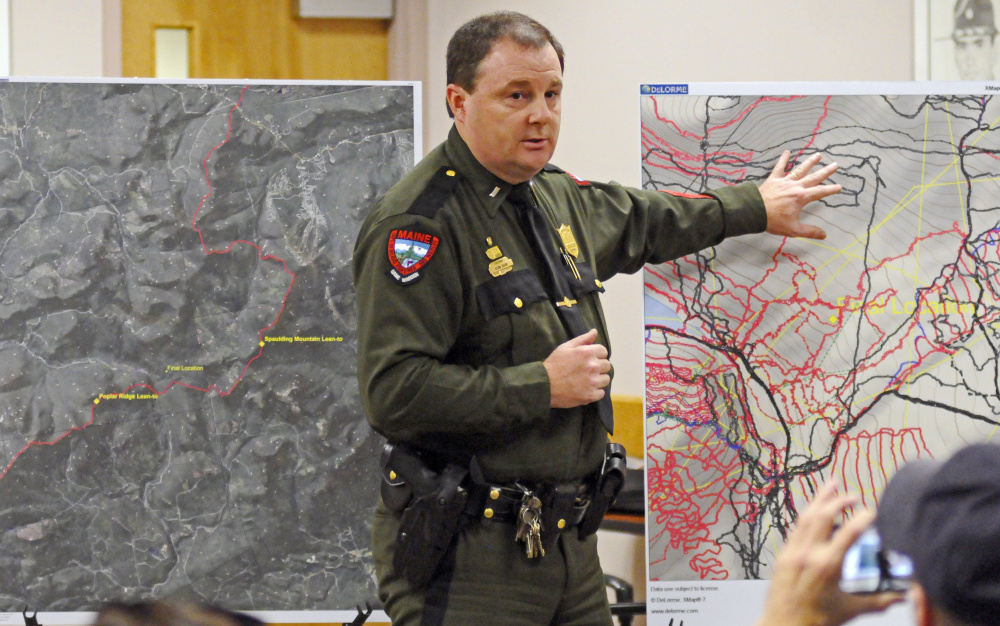
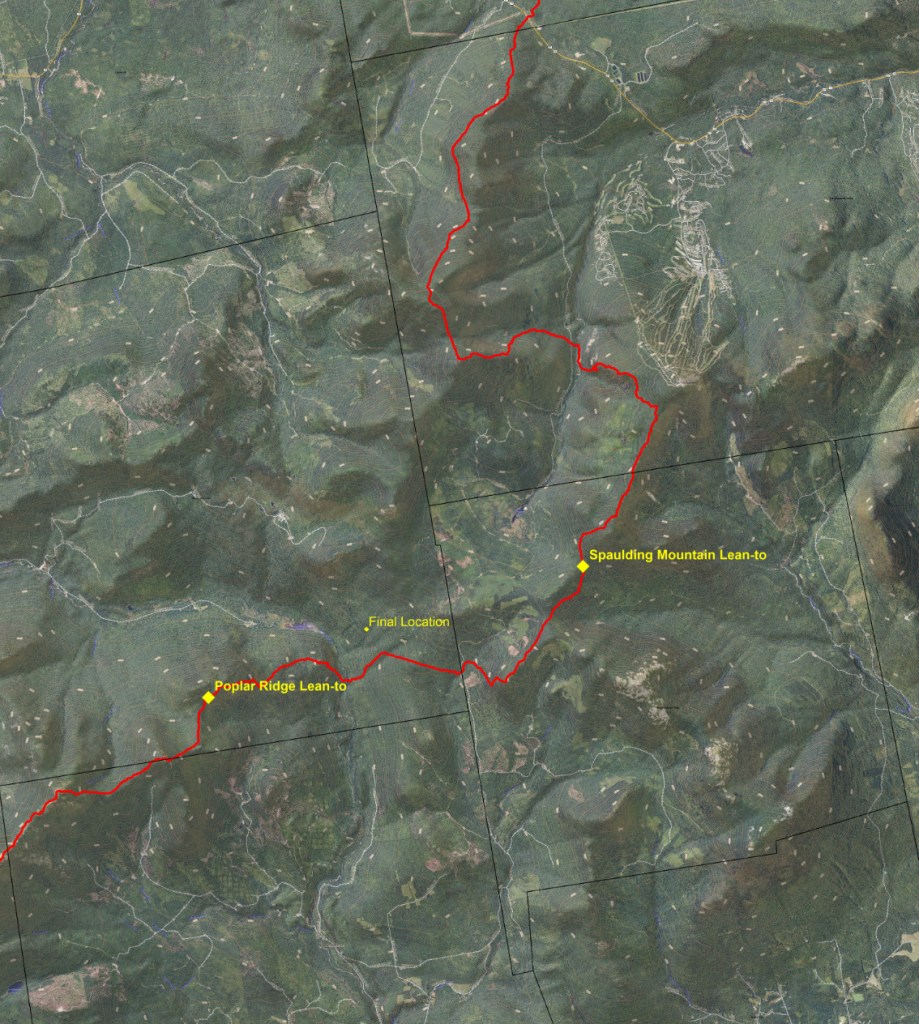
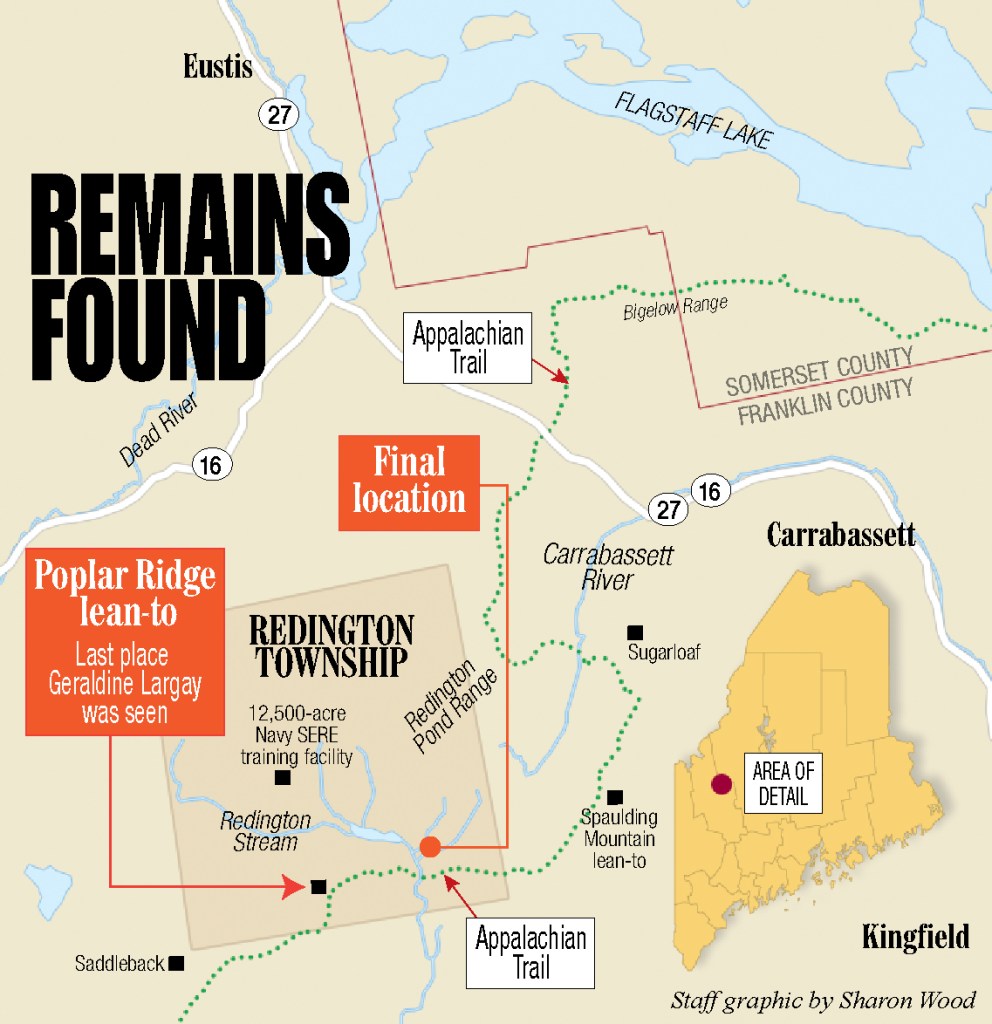
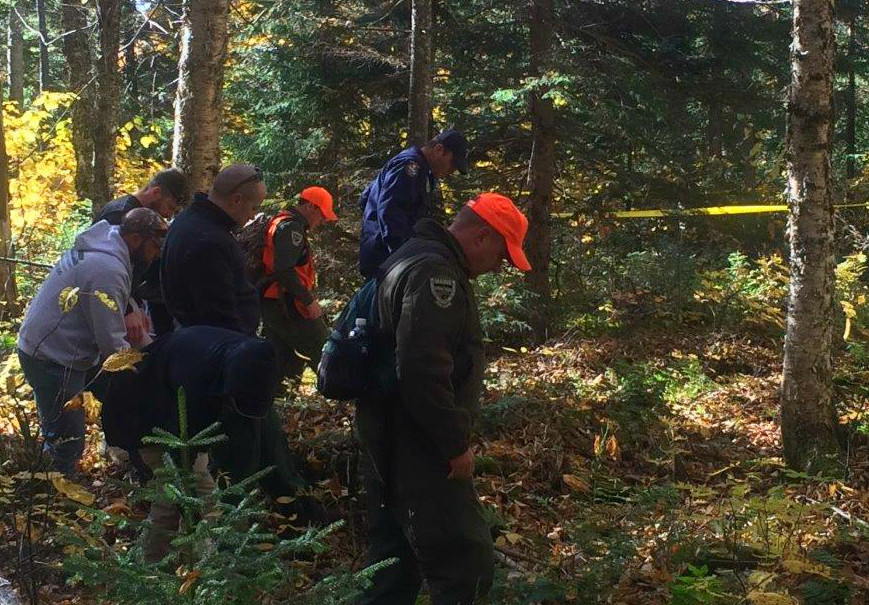



Success. Please wait for the page to reload. If the page does not reload within 5 seconds, please refresh the page.
Enter your email and password to access comments.
Hi, to comment on stories you must . This profile is in addition to your subscription and website login.
Already have a commenting profile? .
Invalid username/password.
Please check your email to confirm and complete your registration.
Only subscribers are eligible to post comments. Please subscribe or login first for digital access. Here’s why.
Use the form below to reset your password. When you've submitted your account email, we will send an email with a reset code.